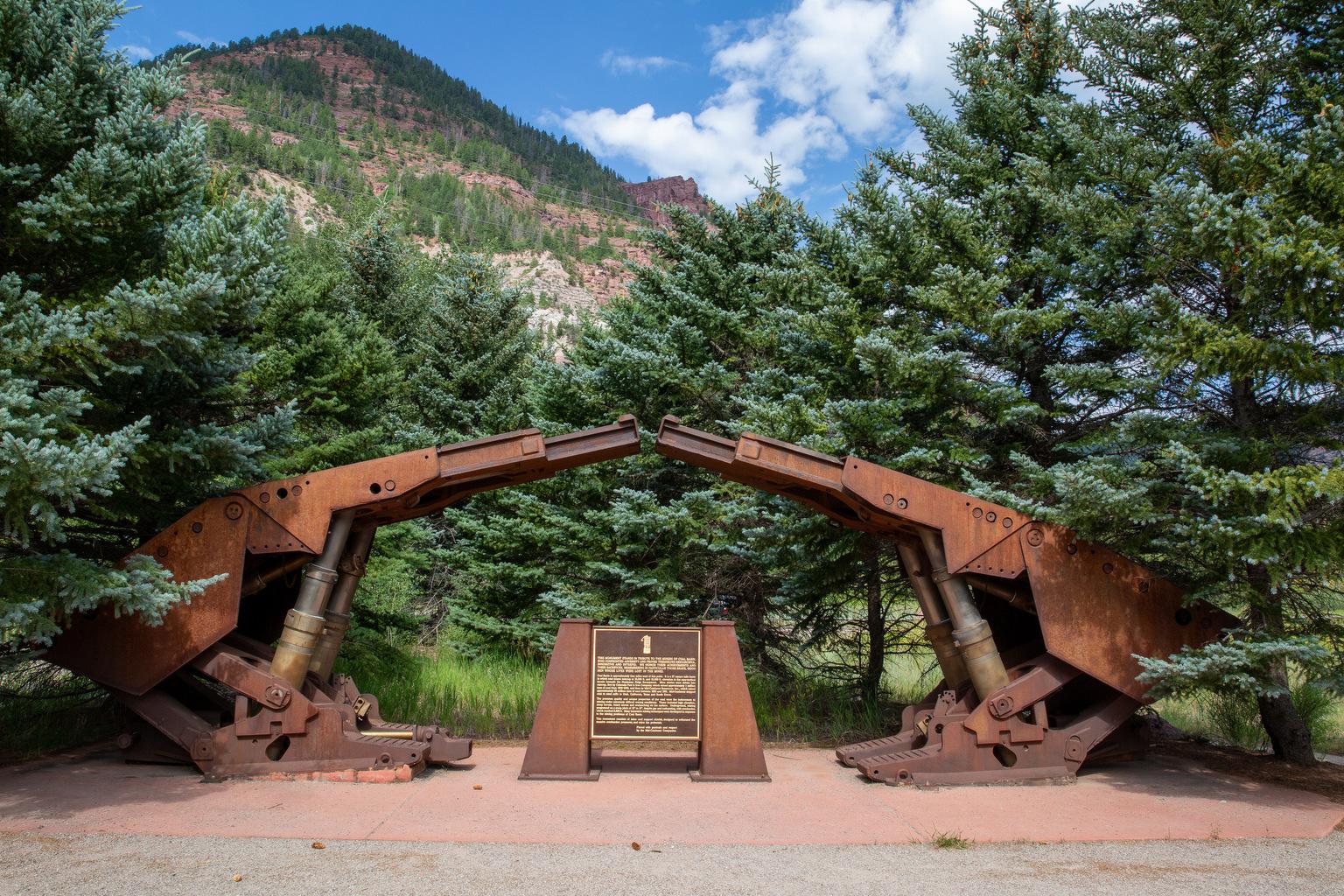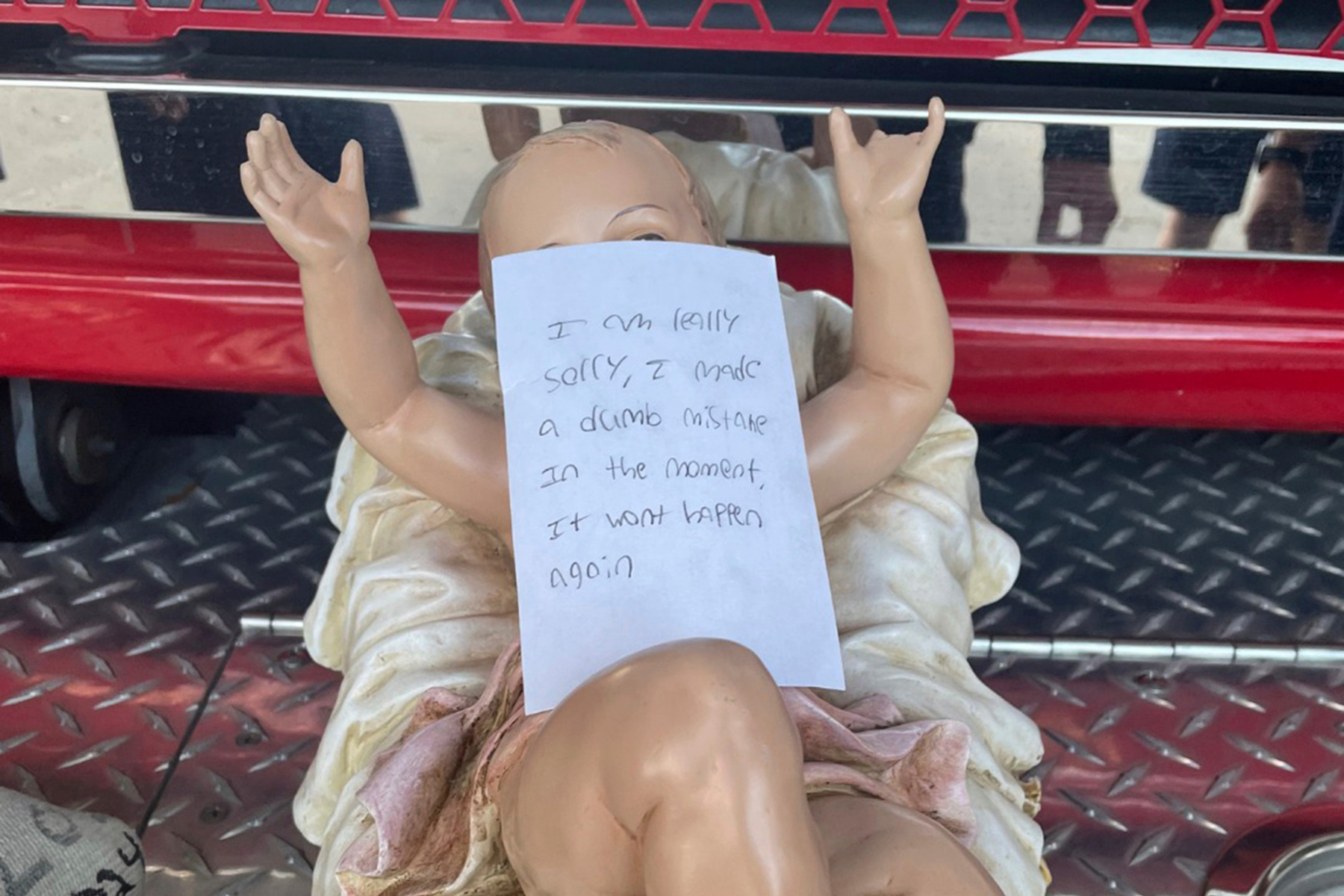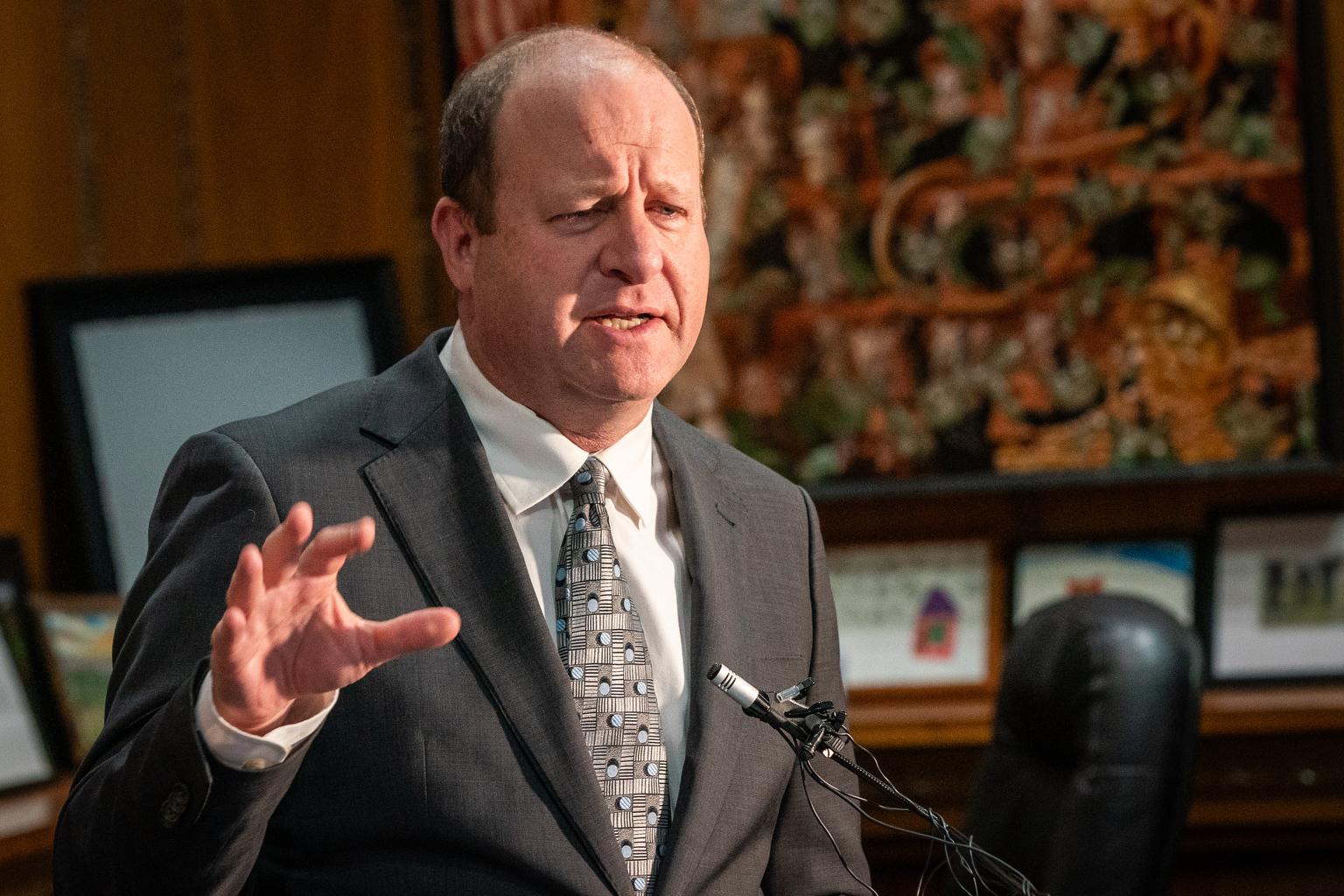
Newly minted federal rules designed to protect greater sage grouse habitats by restricting drilling, mining and renewable energy projects on nearly 1,200 square miles of public land in Colorado could be rolled back under a second Donald Trump administration.
On Nov. 8, the U.S. Bureau of Land Management, which administers land owned by the federal government, finalized updates to protect the habitat of the greater sage grouse on around 65 million acres of agency-managed land. The bird’s population has cratered by 80 percent since 1966, although it’s not yet listed as endangered.
The greater sage grouse is found in the wide expanses of shrubby sagebrush in the northwest corner of Colorado, a habitat that’s threatened by wildfires, drought and development. In the spring, hundreds of male birds converge on open patches called “leks” for elaborate mating parades.
“Greater sage grouse love the same lands where we have our [oil and gas],” said Kathleen Griffin, the grouse conservation program manager for Colorado Parks and Wildlife.
The Bureau of Land Management balances competing uses for millions of acres through resource management plans that spell out how it will protect wildlife like the greater sage grouse and permit other activities, including drilling, mining and recreation. Finding that balance has proven tricky: Both fossil fuel proponents and the renewable energy industry opposed the final sage grouse protection rules and said they were too restrictive for companies.
“This administration has decided to prohibit activity in habitat areas even when the strict stipulations are applied and then claims that companies are avoiding them anyway,” Kathleen Sgamma, president of Western Energy Alliance, a fossil fuel industry group, wrote in a statement to CPR News. “The DOI's disingenuous messaging is a way to justify their actions, not a reflection of reality.”
“The updated plan does not reflect this balance and unnecessarily restricts the development of wind, solar, battery storage and transmission, undermining the ability to deploy much needed clean energy infrastructure,” Phil Sgro, a spokesperson for the American Clean Power Association, a renewable energy industry group, wrote in an email to CPR News.
The rules amend dozens of separate resource management plans across the West to protect the bird’s mating areas from drilling, mining and renewable projects, like massive wind and solar farms, with some exceptions.
The amendments that apply to Colorado public lands prohibit surface drilling or renewable projects, and the power lines and roads that go with them, within a certain distance of the bird’s mating sites and other critical territory. The strongest restrictions apply to roughly 4 million acres across the west, including 5,000 acres in Colorado, which will be completely closed to large wind and solar projects and surface drilling. Griffin said the goal is to keep the bird’s territory intact.
“Grouse are a species that do not like little postage stamp sections of habitat,” Griffin said. “They like these wide open areas. They don’t like power lines, they don’t like roads.”
The second Trump administration appears eager to unravel the protections, according to researchers, environmental groups and public statements from the incoming president and his team.
Review, rewrite, unwind
On Thursday, President-elect Trump tapped North Dakota Gov. Doug Burgum to lead the Interior Department, which oversees the Bureau of Land Management. Burgum, the top official of a major oil and gas state, has been a vocal supporter of the fossil fuel industry and a proponent of opening more federal lands for drilling and easing environmental regulations, which he says have hurt the country.
In 2017, the Trump administration rolled back sage grouse protections enacted under the Obama administration, but a federal judge blocked the reversal.
The incoming Republican-led Congress could also use the Congressional Review Act to reverse agency actions that happened within the waning days of a previous administration. But that scenario seems unlikely because of how the law works, according to Aaron Weiss, Deputy Director of the Center for Western Priorities, a conservation organization.
“So, if Congress was to try to use the CRA to strike the sage grouse [plan], Congress is basically saying we’re going to take it on ourselves to rewrite 70 individual resource management plans,” said Weiss. “And that’s nuts.”
Project 2025, a conservative policy roadmap written in part by former Trump administration officials, including William Perry Pendley, the former acting director of the Bureau of Land Management, also proposes to strip greater sage grouse management from the federal government. President-elect Trump distanced himself from Project 2025 during the campaign but has since tapped at least two contributors to the project for his incoming administration.

Michael Pappas, an environmental law professor at the University of Colorado Boulder, said that unwinding greater sage grouse protections may take years because of how long the environmental review process takes.
“The sage grouse [environmental review] process has been kicking around for a while,” Pappas said. “Undoing it, or proposing different changes, would probably take a while. None of this turns on a dime.”
Erik Molvar, Executive Director of Western Watersheds Project, a conservation group, said the Biden administration didn’t do enough to strengthen sage grouse protections permanently.
“Clearly the Biden administration has fumbled away a big opportunity to bring sage grouse habitat protections up to the standards of the best available science,” Molvar said.
Future energy development on Colorado public lands is uncertain
The Bureau of Land Management oversees 8.3 million acres of land and over 27 million acres of federal mineral estate that can be leased for mining, drilling and other energy development, according to the agency — most of which is located on the Western Slope. About 750,000 acres of that land are considered crucial habitat for the greater sage grouse.
During the first Trump administration, the agency opened up leasing on millions more acres of public lands for drilling or mining than during the Biden administration. Some environmental groups fear the same would happen again, undercutting pledges to cut greenhouse gas emissions. President-elect Trump has repeatedly expressed a desire to increase drilling on public lands.
“President Trump declared open season on our public lands and waters,” said Michael Freeman, senior attorney at the environmental law firm Earthjustice. “President-elect Trump has made clear he plans to take the same approach this time around.”
But just because land is offered up for lease does not mean it will be developed, because of how difficult it might be to extract the remaining oil or gas.
“The conventional thinking is that the best land for resource extraction has already been extracted,” said Pappas, the CU-Boulder law professor. “And so it might be that the administration politically wants to say this is open for leasing, and there just aren't that many takers.”
In April, the Biden administration finalized two major rules on public lands that prioritized conservation and increased fees for drilling. One rule elevated conservation as a priority for how the agency manages its land, on par with other uses like mining or drilling. Another rule hiked fees for oil and gas permits and increased the amount of money companies must keep in reserve in case they orphan or abandon their wells.
Both of those rules are likely in jeopardy, according to Freeman, but unraveling them fully would likely take years.
“President Trump can't just roll those back with the wave of his pen,” Freeman said. “He will have to comply with the law and go through the normal rulemaking and [environmental review] processes if he wants to do that.”
Weiss, the deputy director of the Center for Western Priorities, expects to see other recent public land declarations in Colorado weakened or even eliminated.
In 2022, President Biden established the Camp Hale-Continental Divide National Monument in Eagle County. Presidents can unilaterally create and eliminate national monuments, which are considered public lands. In April, the federal government withdrew more than 200,000 acres of public land from drilling or mining for 20 years in central Colorado, in an area known as the Thompson Divide.
“Whether that’s trying to revoke the Camp Hale-Continental Divide National Monument, whether it’s trying to erase the protections for the Thompson Divide … I imagine all of those actions could or will be attacked in one way or another,” Weiss said.









